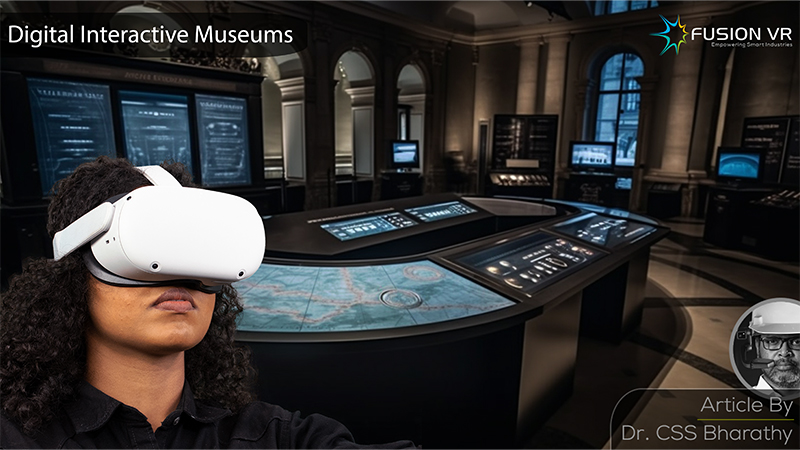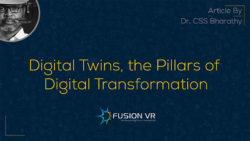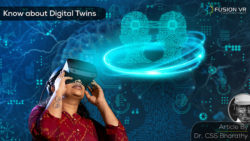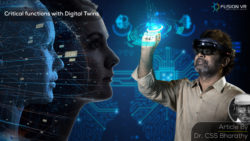Contemporary museums are leading the charge to make museums more interactive by using the latest digital technologies. While the hardware is the latest, providing high quality, it is the content, user experience and user interface that makes the difference.
This is key because museum visitors need to be enthralled by the digital interactive experiences and enable more and more people to visit, experience and enjoy them. Museum curators and administrators have realised that digital experiences hold great promise in attracting people, young and old, to visit the museums and benefit from them.
Most digital interactive museum exhibits deploy one or more of these technologies for a wholesome visitor experience. They include augmented reality, virtual reality, multimedia displays, artificial intelligence etc. Technology has become more accessible and affordable in the past decade, with an increasing number of creative and technology professionals entering the interactive museum arena. This is quite compelling for today’s museums to deploy those technologies in existing or new exhibits.
Museums are using an increasing number of multimedia displays like touchscreens, video walls and projection screens to provide interesting content to capture the attention of visitors. Young visitors to museums enjoy these displays as they are quite imposing and, in some cases, immersive. Flipbooks are located near the exhibit, which has pages indicating different content that would interest the visitor.
Incorporating Digital Technologies in Museums for Better Engagement
These may be about a particular monument or a historical personality, with each of the pages describing an event or structure. The visitors would activate an audio-visual presentation or short movie as they flip each page. This experience is personalised, individualised and more fulfilling than a physical guide trying to holler interesting information to a group of people, in what is quite often a noisy environment in an already busy museum space. Technology here delivers a better experience than a conventional museum.
Augmented reality is used to overlay content on the museum surroundings that are contextual. The user experience is made more interesting and self-directed. Users can make use of digital devices such as smartphones, tabs and AR wearables that display digital content and data right in front of their eyes.
For example, when viewing a painting, sculpture or artefact, the user can see important information overlaid on it, pointing to special features and aspects of the displayed object. This is enabled with the use of a specially designed AR application deployed on any of the devices mentioned above.
Virtual reality technology literally transports the visitor to a different environment that could be real or digitally recreated at a VR experience centre. This is a wonderful experience as they begin viewing the VR environment with the headset. The immersive effect provided by the VR museum experiences is quite magical and unforgettable.
Combined with artificial intelligence, these interactive exhibits could be taken to another level with image and voice recognition and adapting the experience to each user. Museums of any type, general museums, natural history, science, and art museums, need to incorporate digital technologies in museums and make them more interactive.
There are many museums and VR experience centres in India and around the world that are packing their galleries with interactive digital experiences, making them truly unforgettable. Museums need to reach out to creative experts and digital museum solution providers to design, customise and implement digital interactive experiences at their facilities.





